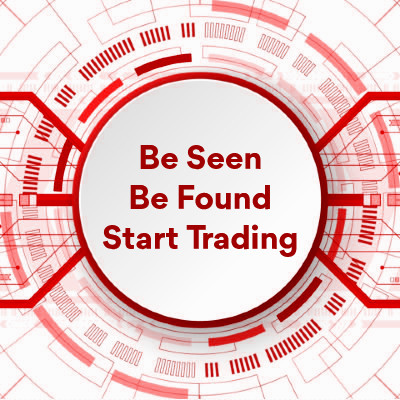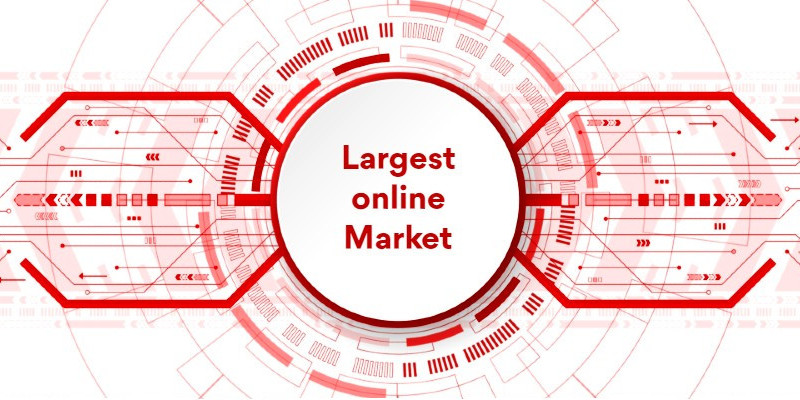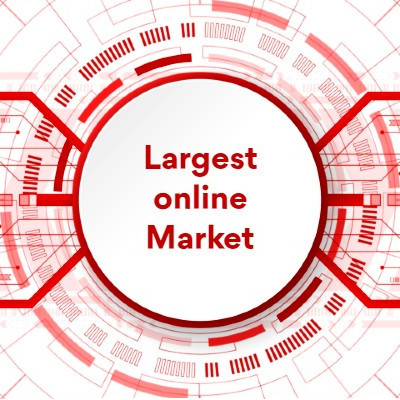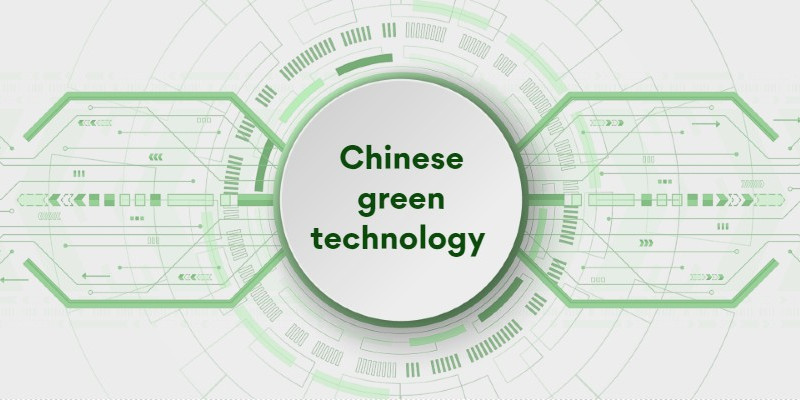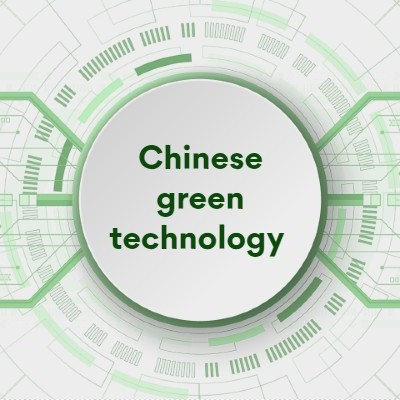
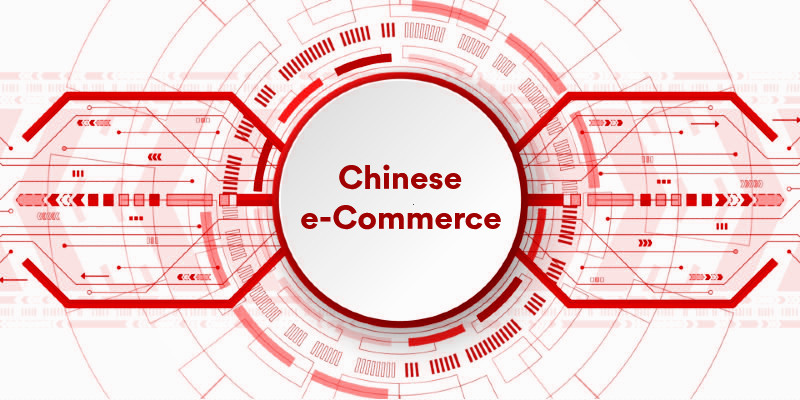

Chinese e-Commerce
Chinese e-Commerce has been very successful over the last 10 years.
Most Chinese people make e-Commerce purchases daily. China's physical size has driven this growth. Before e-commerce, many towns and cities in China had limited product and service supplies based on their region's availability. Now, Chinese consumers have access to products and services supplied nationally and internationally.
The e-Commerce market has driven down consumer prices over an extensive range of products and services.
Chinese e-Commerce B2B Marketplaces
阿里巴巴国际站
阿里巴巴国内站
环球资源
中国制造网
敦煌网
义乌购
Global Chinese e-Commerce Platforms (Cross-Border B2C & C2C)
Chinese Social E-Commerce Platforms
TikTok China
(RED Book)
聚划算
美团
Summary of Chinese E-Commerce Evolution
1999–2005
History of Chinese E-Commerce
Early Years (1990s – 2000s): The Birth of Chinese E-Commerce
Alibaba (1999): Jack Ma founded it as a B2B platform connecting Chinese manufacturers with global buyers.
JD.com (1998/2004): Started as a physical electronics store in 1998 but moved online in 2004 after the SARS epidemic.
eBay China (2003): Entered China by acquiring EachNet but struggled against local competitors.
Taobao (2003): Alibaba launched Taobao as a C2C marketplace to counter eBay, offering free listings and better user experience.
Key Events:
2003 – Taobao launches and dominates eBay China.
2004 – Alipay launched to build trust in online payments.
2005 – eBay China exits, selling its stake in EachNet.
Expansion & Mobile Commerce (2010s)
Tmall (2010): Alibaba introduced Tmall (天猫), a B2C marketplace for brands and retailers.
WeChat Pay (2013): Tencent expanded WeChat (Weixin) into payments, competing with Alipay.
Pinduoduo (2015): A social commerce platform focused on group buying, targeting lower-income consumers.
Key Trends:
Mobile shopping grew rapidly due to cheap smartphones.
Live streaming & influencer commerce became popular on Taobao & Douyin (TikTok China).
Cashless society: Alipay & WeChat Pay dominated transactions.
Dominance & Global Expansion (2016–2020)
Singles' Day Sales (11.11): Became the world’s biggest shopping festival, generating over $100 billion in 2020.
Cross-border e-commerce: Platforms like TMall Global and JD Worldwide allowed foreign brands to sell directly to Chinese consumers.
New Retail: Alibaba's Hema (盒马鲜生) stores combined online & offline shopping.
International Expansion:
Alibaba acquired Lazada in Southeast Asia.
JD.com expanded to the US & Europe.
ByteDance (Douyin/TikTok) became an e-commerce powerhouse.
Recent Developments (2020–Present)
Douyin & Kuaishou: Short-video platforms became major live-streaming e-commerce hubs.
Shein (快时尚): A global fashion giant dominating fast fashion e-commerce.
Temu (2022): Owned by Pinduoduo, aggressively expanding in Western markets with low-cost products.
Government Regulations (2021+): The Chinese government cracked down on monopolistic practices by Alibaba & Tencent.
Last modified: Version 3.7 - 04 March 2025


